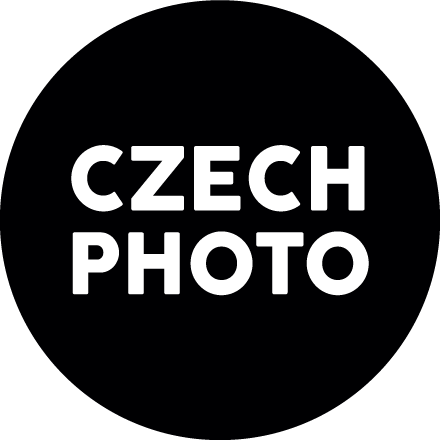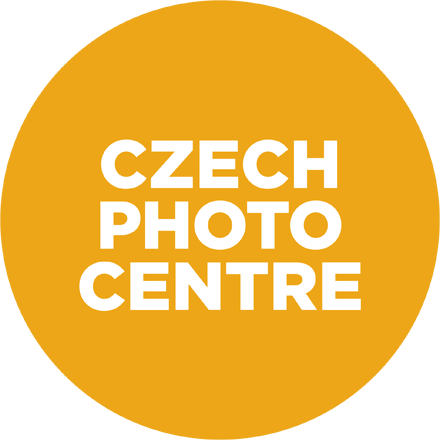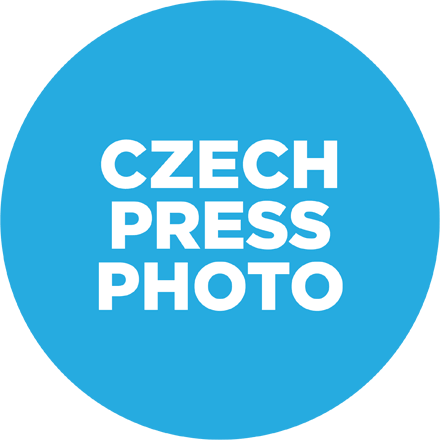




The legend of the reportage photography and The New York Times photographer João Silva will visit Prague in October to participate in the Czech Press Photo 2018 jury meeting. Not only will he be a member of our photo jury but will immediately present his work at the Czech Photo Center. We invite both visitors who are interested in reportage photography and professionals. It is also possible to register for a portfolio review, which will be with one or more representatives of Czech jurors. The registration fee for the portfolio review is 500 CZK and the capacity is limited to the first 10 registered candidates.

Event: João Silva - Presentation of photography legend
Place: Czech Photo Centre
Time: 15 October 2018 (18:00)
Entrance fee: 80/40 CZK registration is obligatory REGISTRATION
for the PORTFOLIO REVIEW please register HERE
![[/blog/Massoud_web_uvodcopyright.jpg]](https://c.czechphoto.org/images//blog/Massoud_web_uvodcopyright.jpg)
João Silva: Massoud
Joao Silva interprets war realities to the wide public:
The first jury of the Czech Press Photo 2018, which we will introduce - João Silva. He started making pictures professionally in 1989 and launched his career as an independent photographer for the Johannesburg Herald. Under the mentorship of Ulli Michel, in 1991 he became an external photographer of the Reuters news agency in Johannesburg. In the mid-1990s he worked at the Associated Press. In 1996 he began working externally for The New York Times, two years later he became a regular member of the editorial board. He has documented, for example, the end of Apartheid, and has also dealt with the fate of Iraqi Shiites after the American occupation.
He is also one of the members of The Bang Bang Club, an elite group of four war photographers: Greg Marinovich, Kevin Carter, Ken Oosterbroek and Joao Silva, whose photographs capture the last bloody days of white domination in South Africa. They were awarded the Pulitzer Prize for their work. Based on The Bang Bang Club, a film of the same name was made in 2010.
Joao, while reporting in Afghanistan in the first-line, stepped on the mine and lost both lower limbs. On that day they went along with a dog handler whose dog did not find that fatal mine. It became fatal for Silva, and he was thrown into the air by explosion. His colleagues immediately took him to the safe zone. Even when Silva was operating, he tried to shoot and document everything during his own surgery. During his long recovery he has not succumbed to his fate and was grateful for being alive. He often talks about the tragic fate of his colleagues who have not returned from the war.
The author continues his mission by documenting the environment of the war zone, Joao wants to be a mediator between the public and the reality of the battlefield. The camera allows him to record the most intimate moments of people in life danger. Yet is called a war photographer, but as a journalist he feels obliged to focus on raising social issues.
More about the photographer on his websites: João Silva